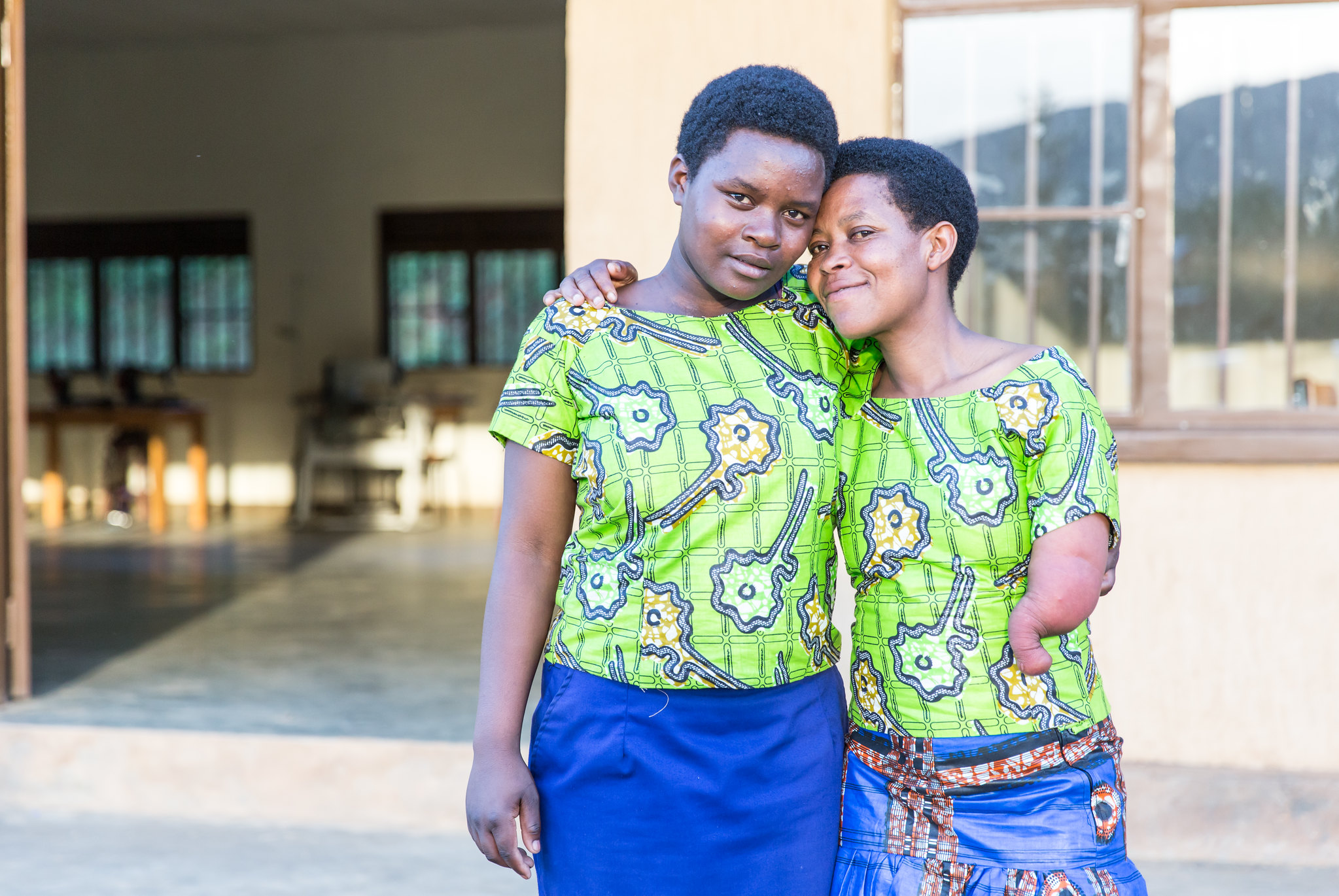All Under One Roof
2.2 Inclusive assessment and planning
To be inclusive in programming, it is important to have a thorough understanding of the needs, capacities and risks of the communities we are working with. Ensuring that your assessment and planning tools are disability inclusive will ensure that relevant information is known and can be analysed to influence decision-making.
An important part of inclusive assessments is identifying barriers and risks facing persons with disabilities – both pre-existing and created by the emergency. They should also include safety and protection issues and social discrimination that persons with disabilities experience in shelter and settlements situations along with any positive coping mechanisms that can be supported. An inclusive assessment will have been successful if it leads to inclusive programming and budgeting.
Additional important issues to understand early on are the barriers that prevent people with disabilities from accessing humanitarian assistance and key markets, barriers facing persons with disabilities in displacement and also any barriers that prevent return.
Below are some recommendations to consider in the planning and implementation of needs assessments, analysis and planning.
| 2.2.1 | Where possible before an emergency, assessment forms and methods should be adapted to include questions on shelter and settlement related barriers along with capacities and needs of persons with disabilities. Discuss the content with other organisations/ clusters and organise a review by OPDs, relevant community groups and other technical working groups such as MHPSS (this can also contribute to an effective referral system by mapping who can do what, where, when and how). This may include inter-cluster assessments or joint assessments at the shelter cluster level, but also different coordinated rapid assessments in the earliest stages of emergency response. | |
Examples of more inclusive assessment methods include: :
|
||
| 2.2.2 | Ensure that assessments take into account the intersection with factors that can further contribute to risk, discrimination or exclusion. This means that, for example, women or children with disabilities may experience different barriers than a man with disabilities. Other overlaps could be cultural, political opinions, social class, sexual orientation, gender identity and expression, displacement, remoteness. | |
| 2.2.3 | Establish contact with key stakeholders and OPDs. Locate other disability informants in the community if OPDs are not operational in early stages of an emergency. Include persons with disabilities and local OPD representatives as informants in community level assessments. | |
| Remember that many persons with disabilities are not OPD members and not every OPD represents all persons with disabilities. Some people also wish to avoid identification with the term. Being aware of these issues will be important to ensure cross disability representation. | ||
| 2.2.4 | Allow enough time and budget for any assessments to be fully participatory. It takes more time to prepare information in multiple accessible formats, to identify accessible meeting places, organise transportation and home visits, and train staff/ enumerators to be inclusive in these activities. |  |
| 2.2.5 | Identify and address barriers at different stages of your programme through active participation of persons with disabilities, both through consultation and as staff members. | |
| 2.2.6 | Assess the impact of the disaster on institutions and organisations offering services for persons with disabilities (get a list from the health cluster, Ministry of Health or partner OPDs). Find out how they can be supported to resume operations. | |
| When conducting assessments, you are likely to discover issues that are not related to shelter and settlements, or to physical barriers. Be prepared to follow up, respond to or make referrals for these issues or consider conducting joint assessments at shelter cluster level and establishing a coordinated approach where different agencies can complement each other to address needs and barriers through a variety of shelter solutions and combinations of mainstreaming and targeting. | ||
| 2.2.7 | Ensure that findings of assessments are presented to the community in multiple accessible formats (oral, print, sign language, easy-to-read/plain language, etc.), highlighting the shelter and settlement needs of persons with different types of disabilities. | |
| 2.2.8 | If multisectoral assessments failed to adequately reflect disability issues, use your findings to highlight the need for different sectors to develop a joint strategy for disability inclusion. | |
| 2.2.9 | Involve persons with disabilities and OPDs in the analysis of the assessment data and ensure disability issues are visible in reports. | |
| 2.2.10 | Always consider barriers that put persons with disabilities at risk as a priority, and work to address safety hazards both within your programme and in coordination with protection and other clusters for risks that fall outside the scope of your shelter and settlement response. | |
| Examples of priority needs could be evacuation from at-risk shelters or areas (e.g., due to structural damage, or flood risk), unsanitary conditions and lack of basic necessities, risk of violence or abuse, or child protection issues (for example where children are primary caregivers for persons with disabilities). | ||
| 2.2.11 | Consult persons with disabilities and caregivers on priorities for shelter and settlement support and understand the advantages and disadvantages of different alternatives. | |
| 2.2.12 | Ask respondents and key informants to indicate the order of priority for addressing and removing the different barriers, whether they are identified at a community level or at a household level. | |
| Additional Tools and Guidance to assist with assessments: | ||
